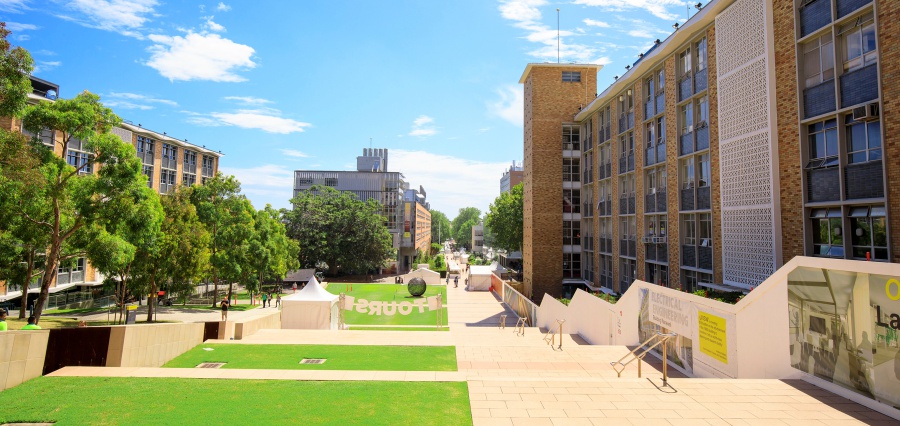The U.S. National Science Foundation (NSF) is investing $14.5 million in the inaugural round of its Innovation in Two-Year College STEM Education (ITYC) program. This funding aims to support transformative projects that will enhance innovative, evidence-based practices in science, technology, engineering, and mathematics (STEM) education at two-year colleges across the country.
NSF Director Sethuraman Panchanathan emphasized the vital role of community colleges in training individuals for diverse STEM careers, including future scientists, engineers, and technicians. “Community colleges play a critical role in preparing talent from across the nation for a range of STEM careers,” said Panchanathan. “The ITYC program is crucial for expanding pathways and opportunities, ensuring that talented individuals from every corner of the country have access to STEM careers. I am pleased that Congress recognized this in the ‘CHIPS and Science Act of 2022,’ and programs like ITYC help build on that foundation to engage more young people with bright futures in STEM.”
The ITYC program has two primary objectives: (1) to center students in advancing innovation, promoting equitable outcomes, and broadening participation in STEM education at two-year colleges, and (2) to enhance the ability of these colleges to utilize the diverse talent of their student and faculty populations through innovative departmental and institutional efforts. The program seeks to improve student success in foundational STEM courses and academic pathways for both majors and non-majors.
The ITYC program is structured into two tracks: “A Focus on the Academic Experiences of Two-Year College Students” and “Leveraging Institutional Strengths and Innovation.” A total of 35 awards have been granted to institutions in 18 states and the District of Columbia, including several collaborative projects among institutions. These awards will fund various initiatives, including conferences, workshops, and planning activities, aimed at fostering excellence in STEM education at community colleges.
Read More: https://theeducationview.com/






